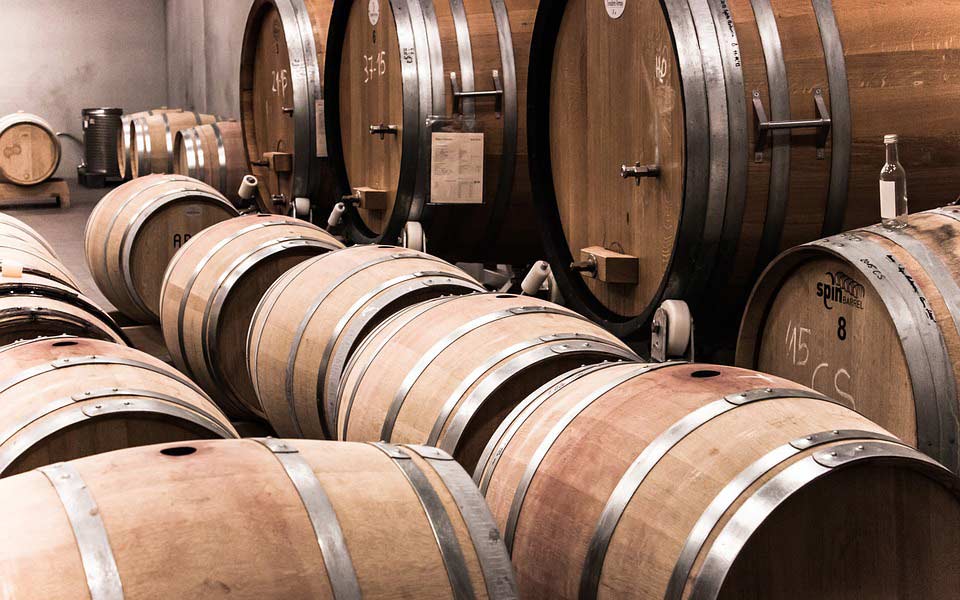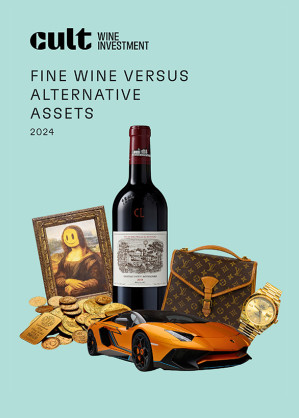
An updated version of this article, 'Wine Deconstructed: What’s Truly in Your Glass?' was published in our Cult Insider newsletter, Edition 22 - August 2024.
At its most fundamental state, wine is comprised entirely of grapes. Leave a vat of grapes in a container over time, and eventually the naturally-occurring yeasts from the skin will turn the fruit’s sugary juices into alcohol. This is the basic premise of winemaking that dates back thousands of years.
Nowadays, though, few winemakers rely on such a simple process – although there is a growing market for ‘natural’ wines. While mainstream wines are still predominantly made up of grapes, modern producers may add a number of other ingredients in unique ways so as to enhance flavours, create specific aromas and build texture. Here’s what else is swirling around in your glass – and why.
Calcium carbonate
Calcium carbonate is used to reduce the acidity of the finished wine, and is sometimes added if the grapes have had trouble ripening. It’s usually added before or at the start of fermentation, so it doesn’t impact on the aroma of the wine.
Flavours
For centuries, winemakers have relied on oak barrels to flavour wine with notes of vanilla or subtle spices, but since only some of the wine comes into contact with the wood, some producers will add oak chips, powders or staves to a barrel to help evenly distribute the flavours.
Grape juice concentrate
Found more frequently in supermarket wines, grape juice concentrate is sometimes included to boost the colour of red wine and add a bit of sugar to smooth out the mouthfeel. It’s usually derived from Teinturer grapes.
Non-vegan material
Artisan winemakers opposed to adding enzymes may instead use non-vegan material as a fining agent and clarifier. These can include egg whites, bentonite clay and mammal proteins – all of which are filtered out before bottling.
Powdered tannins
Tannins naturally occur in the skins of the grapes and are good for adding complexity to wine. But the crushing, maturation and climate change that takes place during winemaking can make them tricky to handle, so powdered tannins may be added early in the process to help add balance.
Potassium sorbate and potassium metabisulfite
Both of these ingredients are used to guard against bacteria and protect the yeast from spoiling, and are commonly used together during the fermentation process as they help the yeast ferment efficiently while improving the overall flavour.
Sulfur dioxide
This is one of the most common additives in wine, usually known simply as ‘sulfites’. It’s used to preserve the grapes and prevent oxidation during the winemaking process. It’s also one of the few additives that has to be displayed on a wine bottle’s label, but only if the sulphur dioxide exceeds 10mg per litre.
Sugar
You might assume that sugar is added to help sweeten a wine, but it’s actually used to help boost its alcohol content. The process is called ‘chaptalization’ and also assists the yeast during the fermentation process.
Water
No, water isn’t added by wily producers looking to make their wine go further, it’s actually added at the beginning of the winemaking process to help bring down high alcohol levels and add balance to the wine.
Yeast
The key ingredient in winemaking, yeast helps convert sugars into alcohol. Some producers will use cultured yeasts to enhance certain flavour profiles, or use yeast in a second fermentation called malolactic fermentation, where naturally-present bitter malic acids are converted into softer lactic acids.
